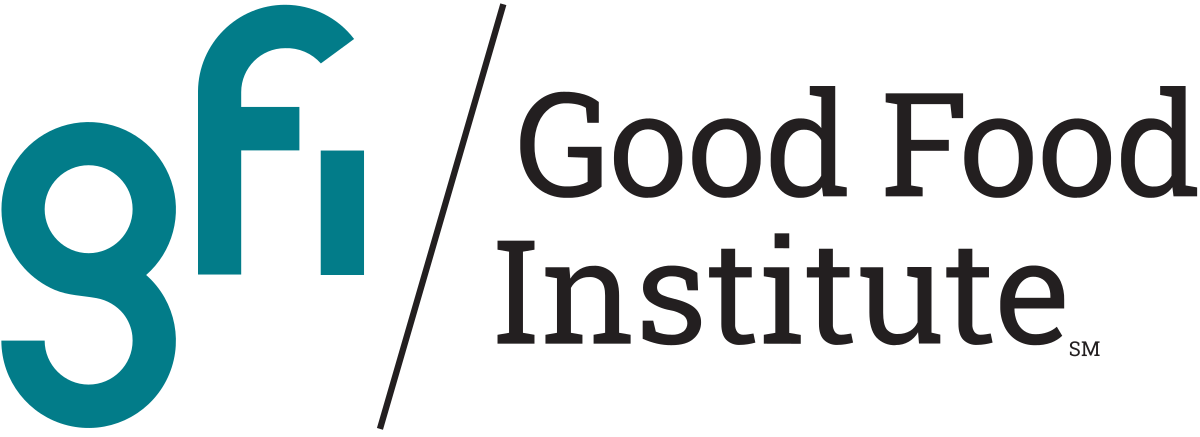BET facilitates the incremental development of an increasingly sophisticated yet accessible modeling platform for wide use by bioprocess engineers.
The BET MVP illustrates the BET SKELETON concepts of incremental and accessible.
The BET MVP is accessible in the following ways. Anyone with a web browser can use it. Use is self-explanatory without requiring climbing steep learning curves. In particular, the underlying OpenFOAM application has a steep learning curve: users don’t need to know anything about how to build meshes for OpenFOAM or how to invoke the application. Amazon Web Services provides the computational power and also has a steep learning curve: users don’t need to learn their way around AWS.
The BET MVP is just the first incremental step in building a tool that has ever-increasing utility. Being open-source allows the broader community of computational scientists to build upon the MVP. Being fueled by the CMMC means there is a community of practice around BET from the get-go: there are scientists and engineers in the CMMC who can answer users’ questions, take BET a step further by integrating additional features, CAD models, and, ultimately, cell models into the platform.
The BET thesis is that a transmission coupling model producers with simulation consumers is a missing link needed to accelerate progress in cultivated meat. The BET MVP begins to test this thesis with minimal upfront investment. Where it goes from there will depend upon the conversations the MVP stimulates between those producers and consumers.
The output of those conversations will be project ideas that advance the capability of BET. Where the MVP is envisioned as the skeleton of the platform, those projects will add BET FLESH to the bones
INDUSTRY APPLICATION AND BENEFITS
Facilitates scaling by providing an open-access platform to simulate various bioreactor designs to save time and money.
CURRENT STATUS
Ongoing
























